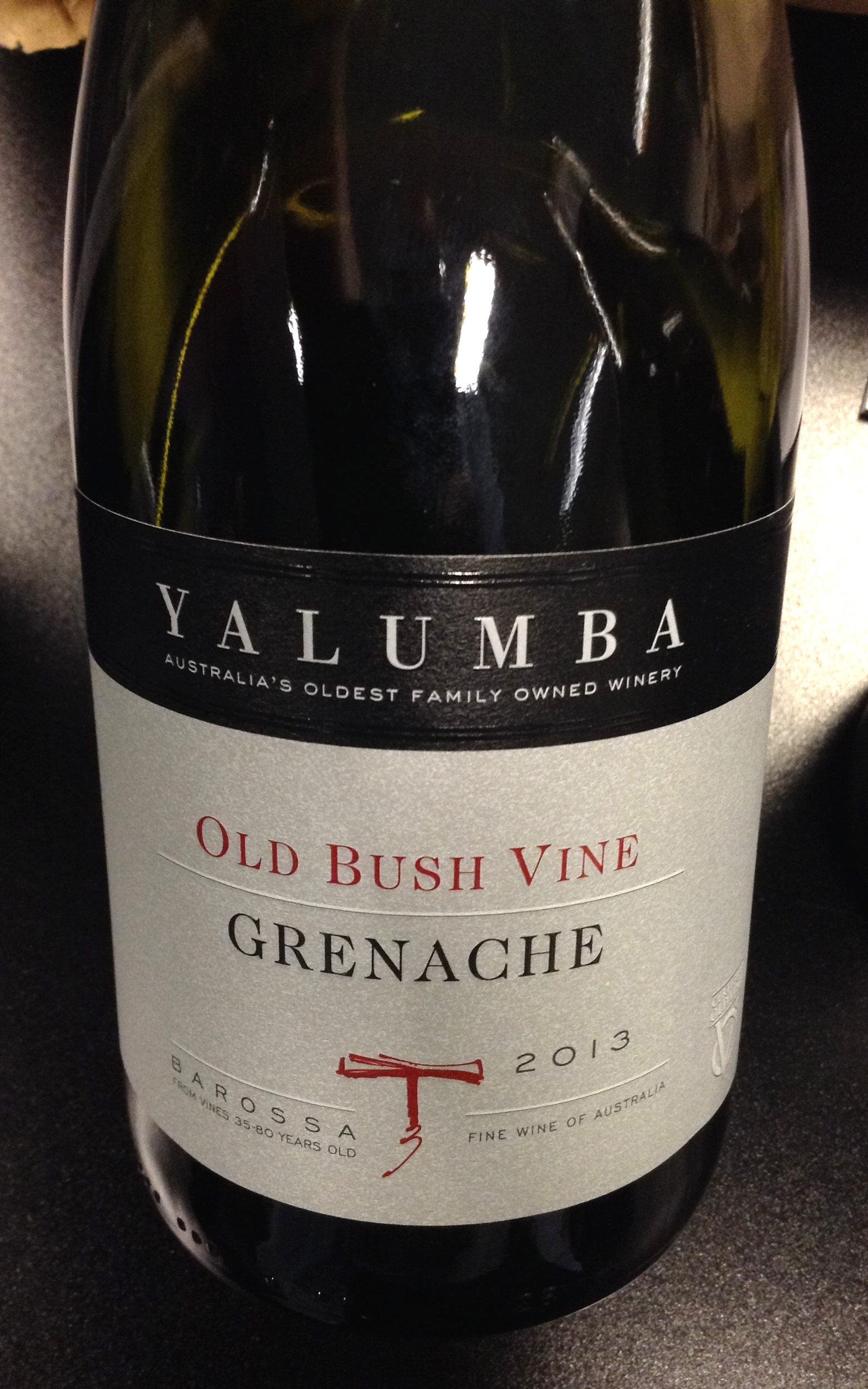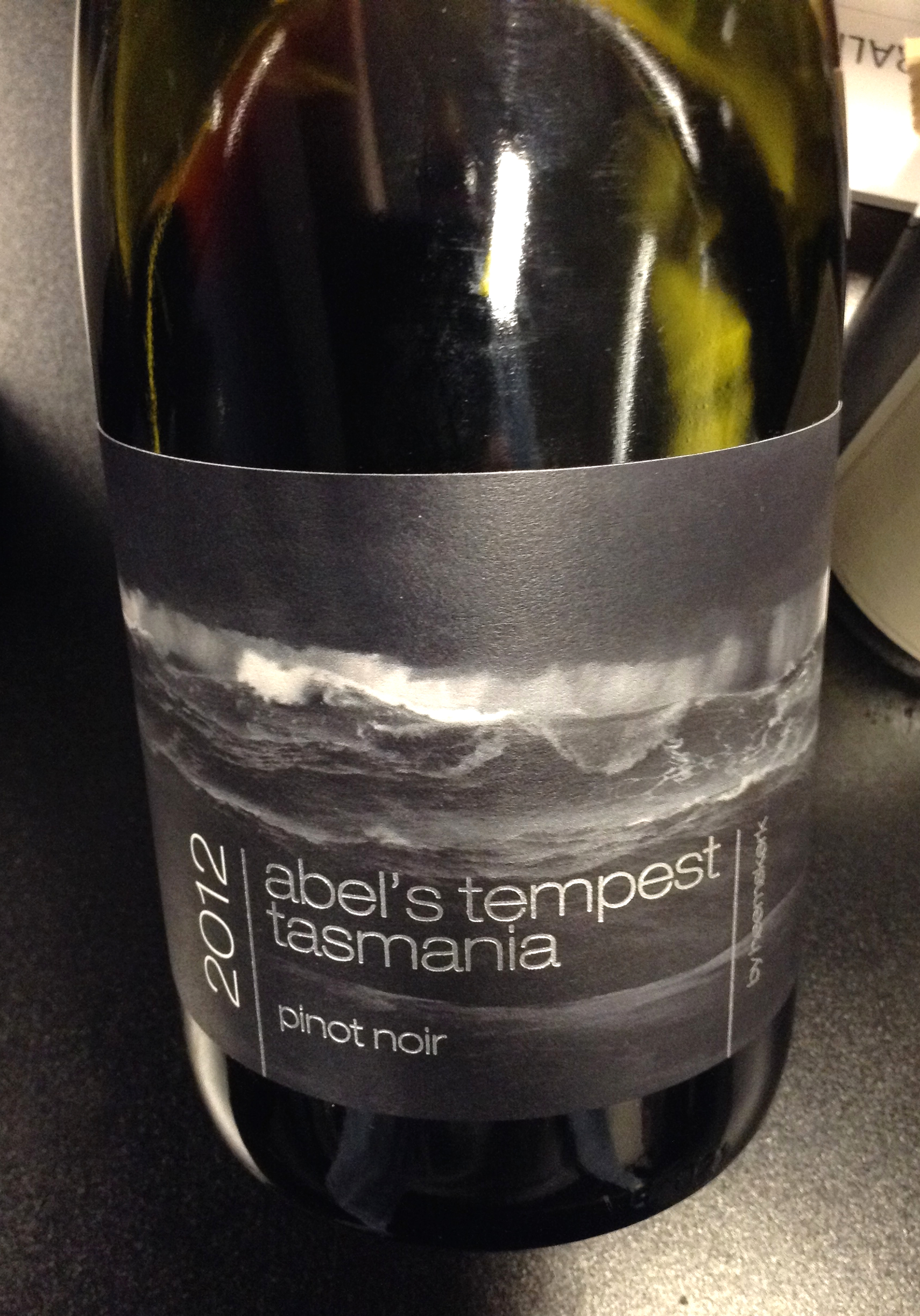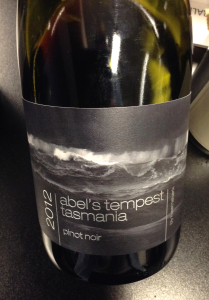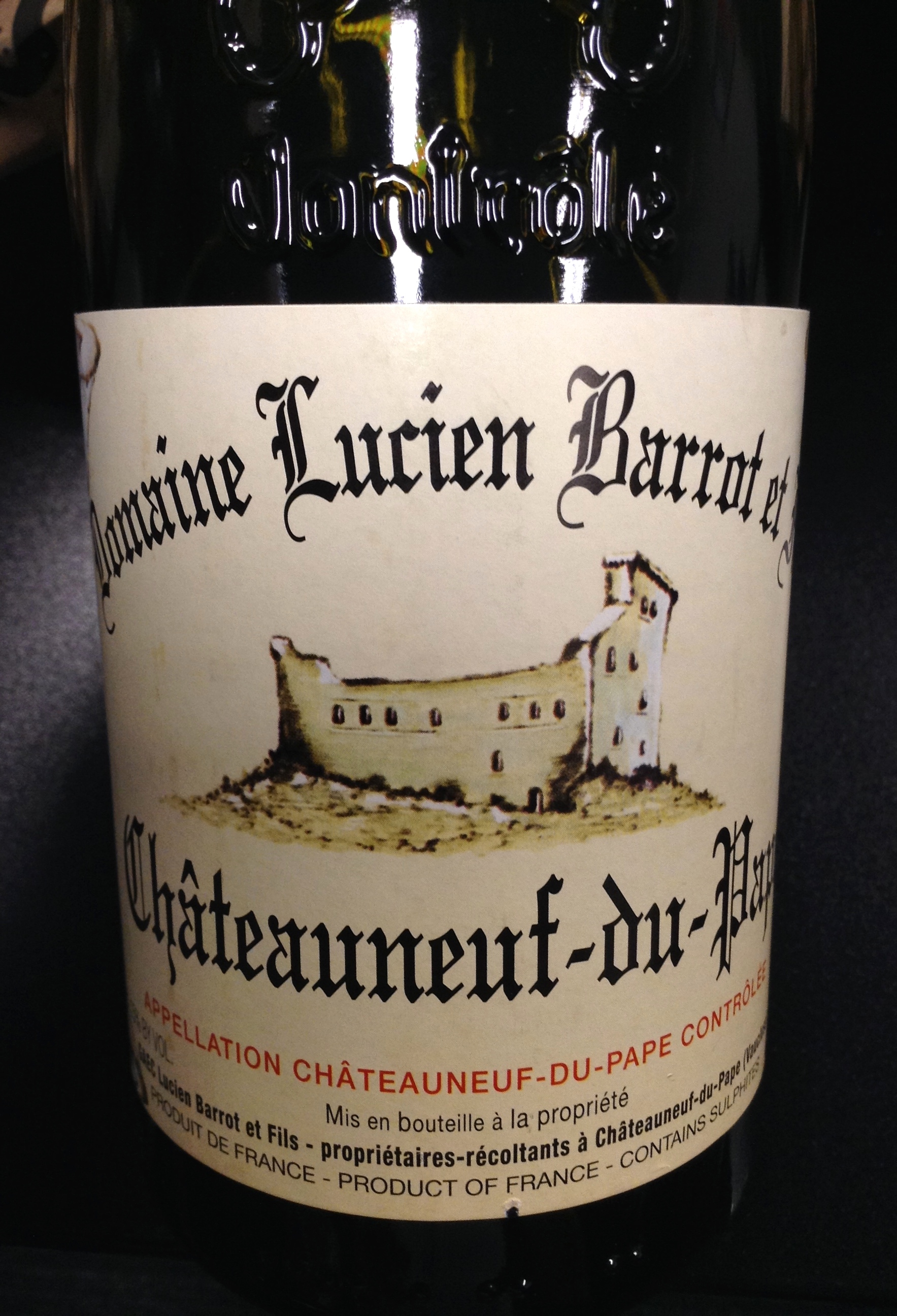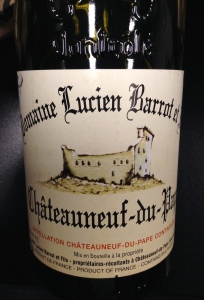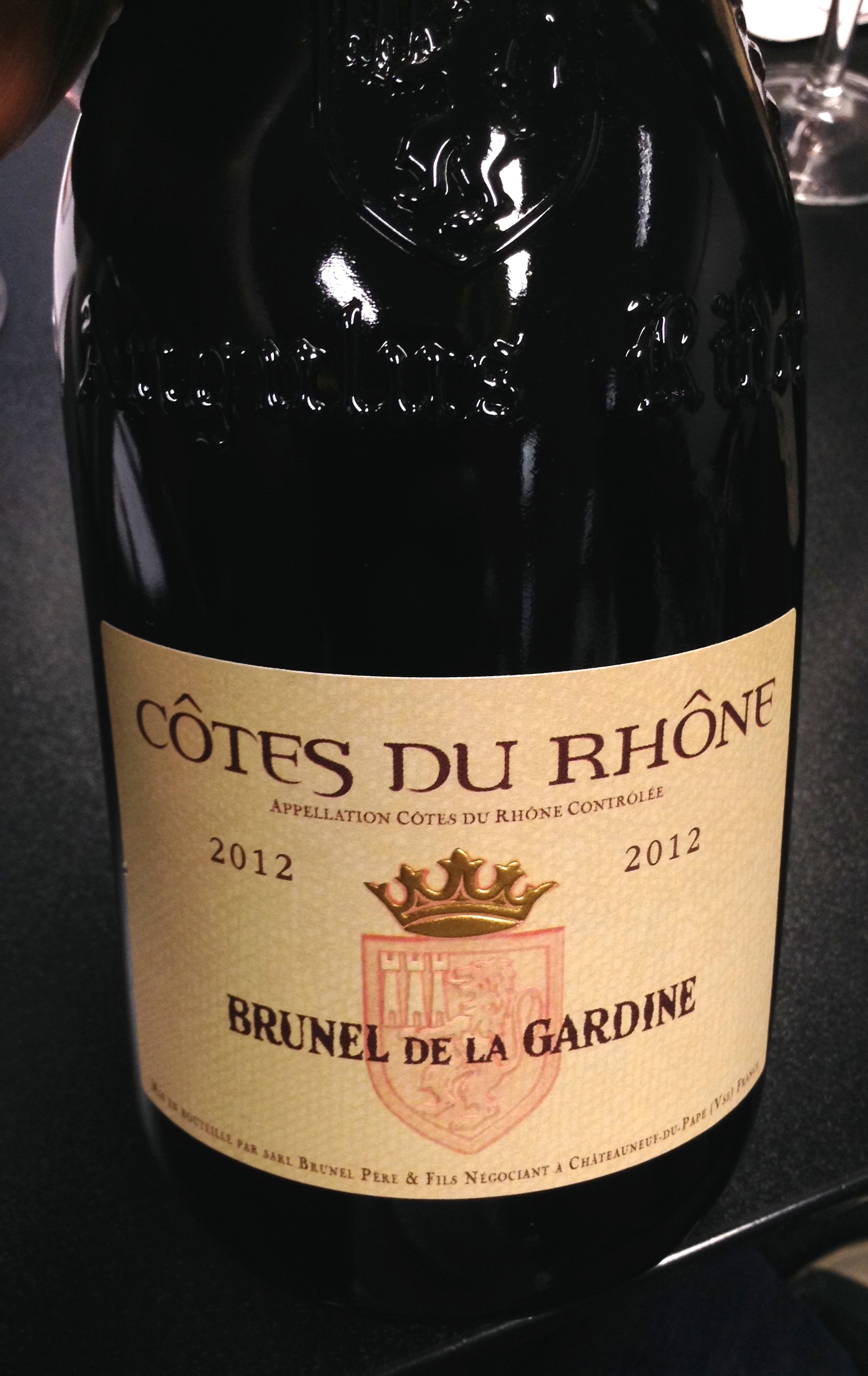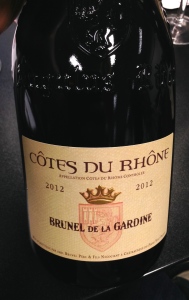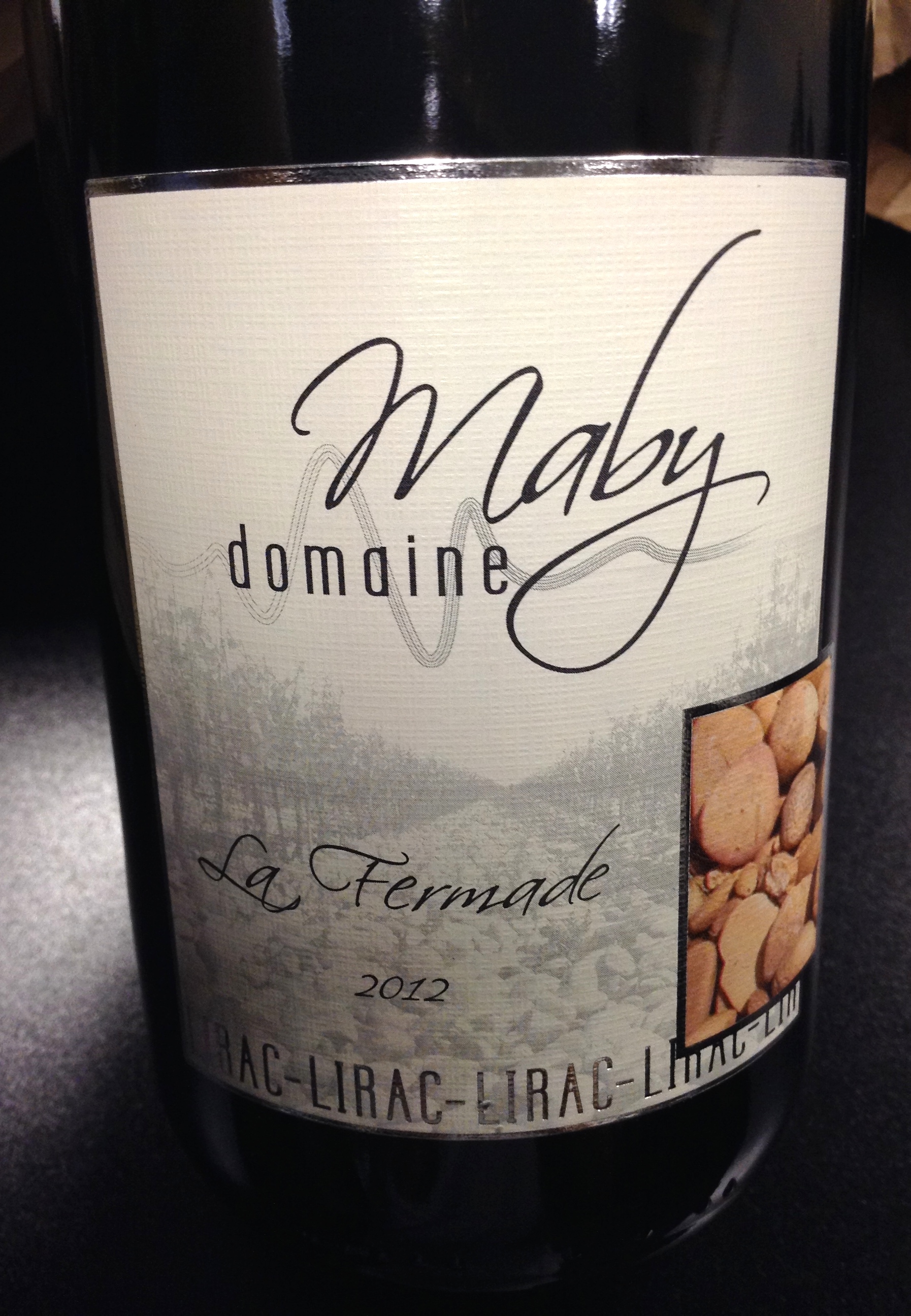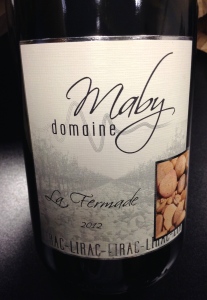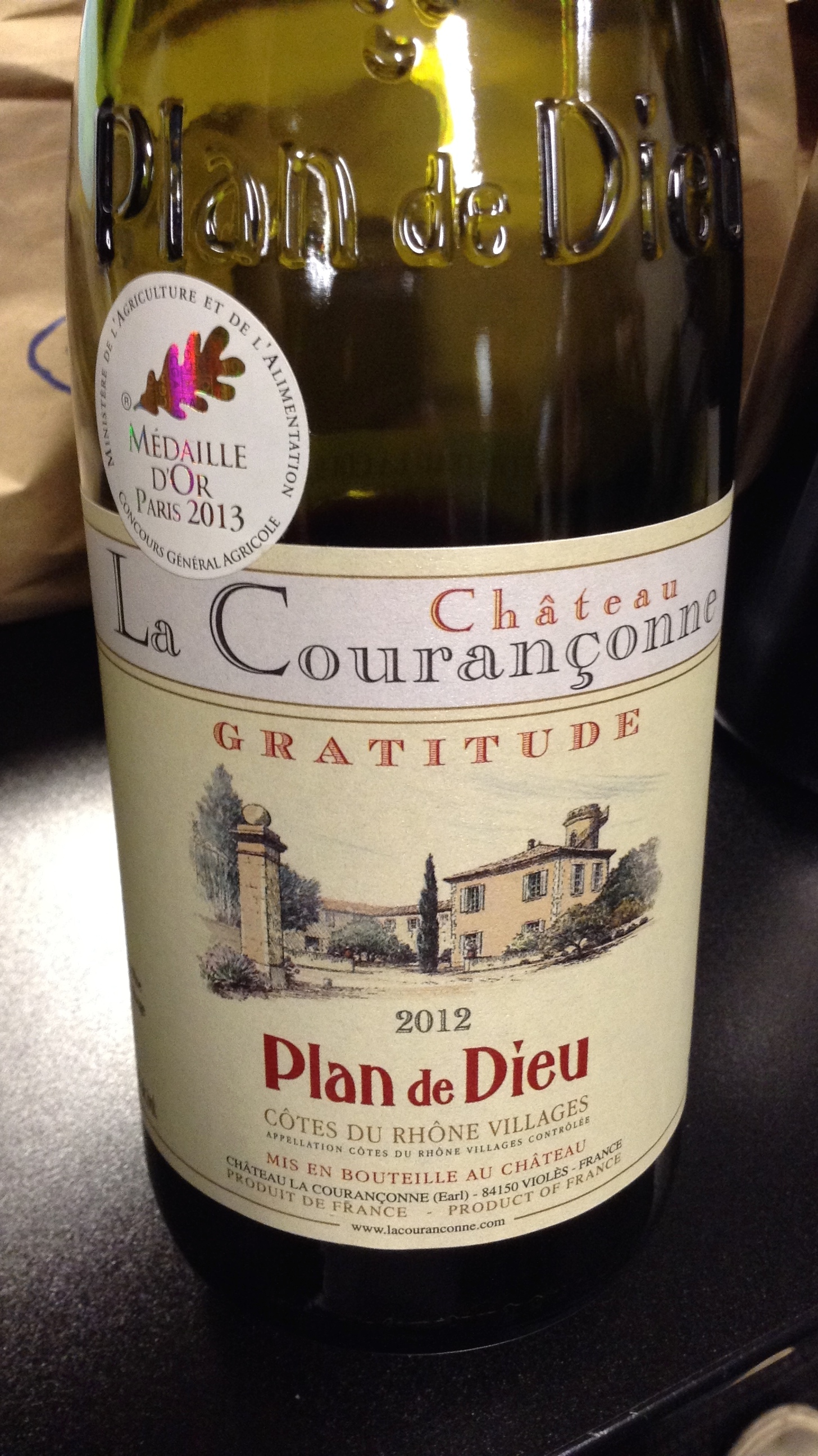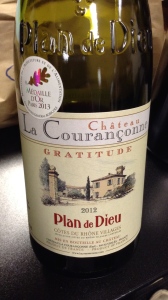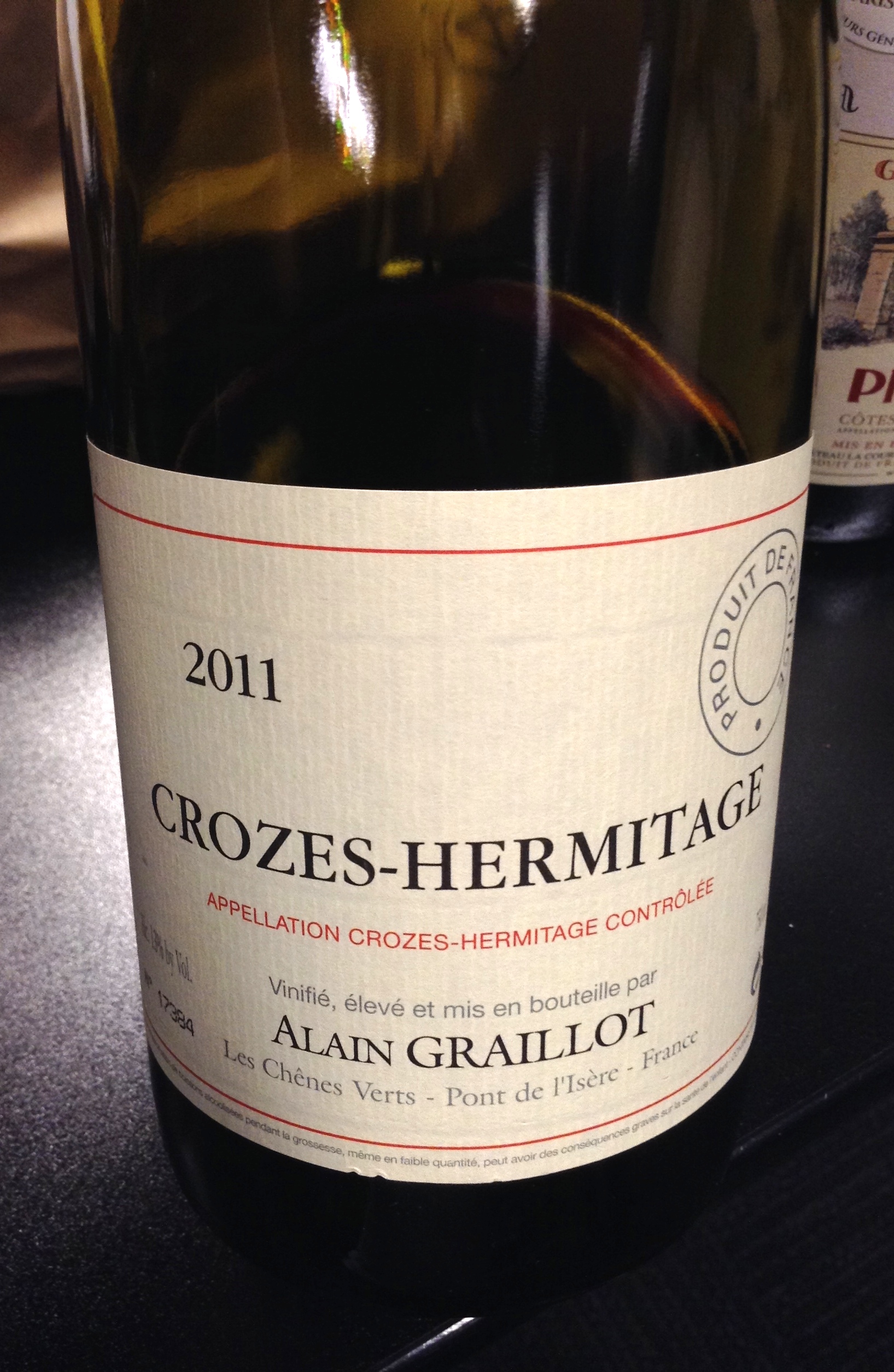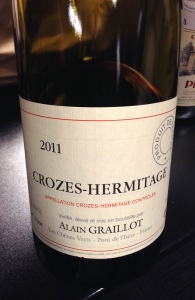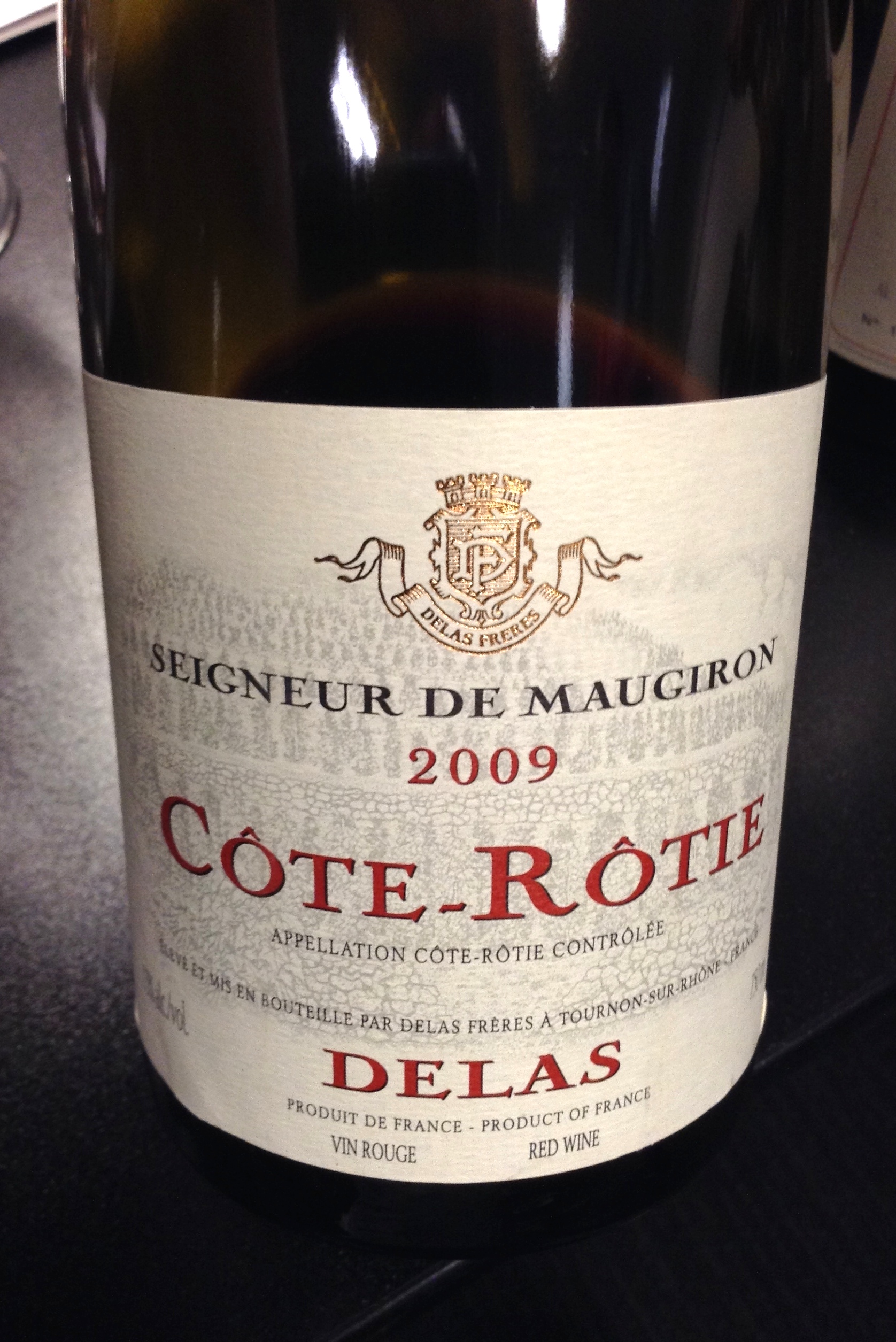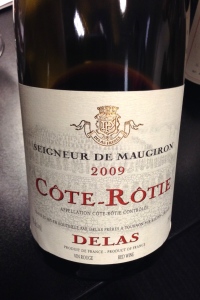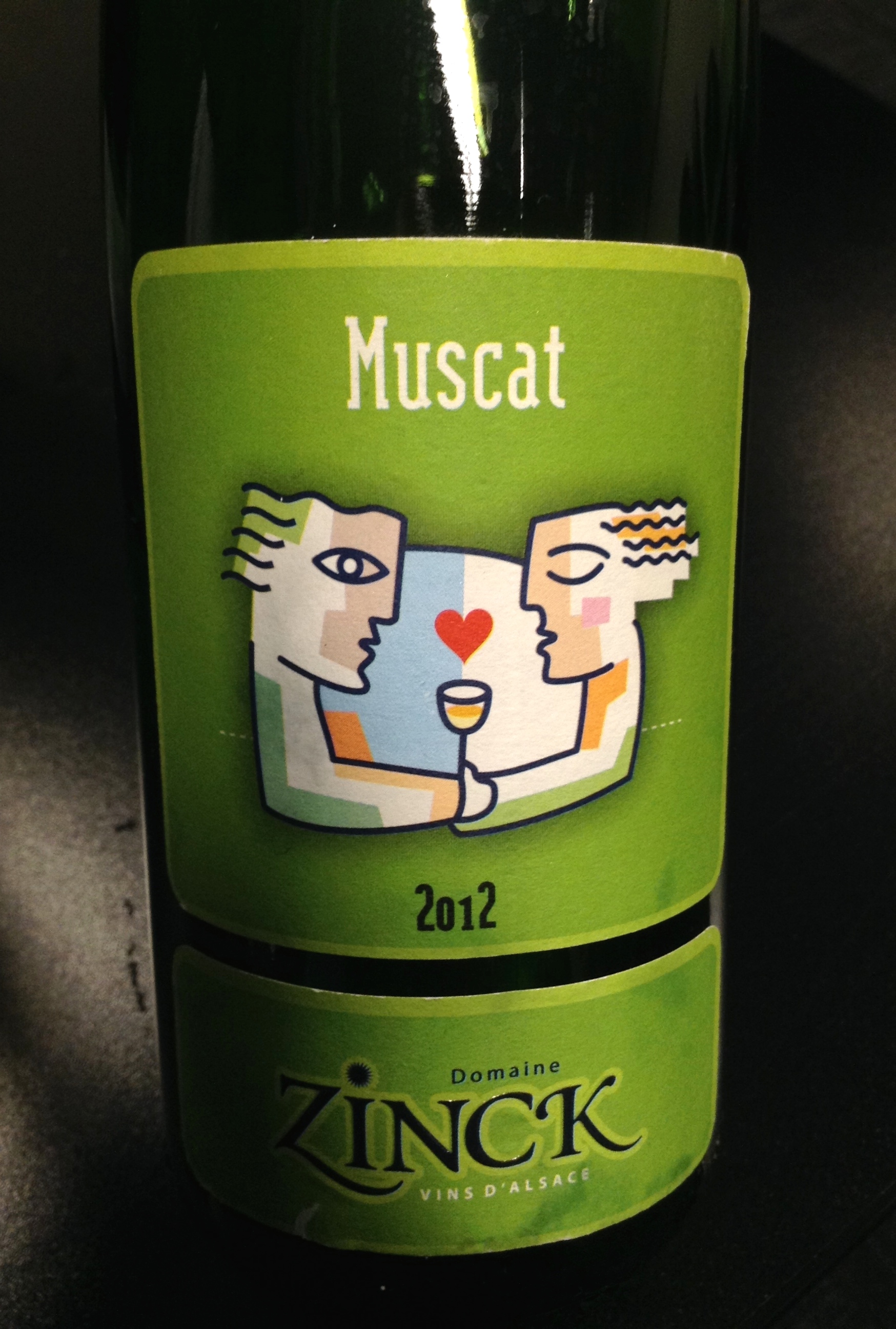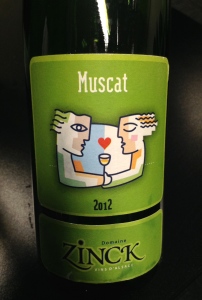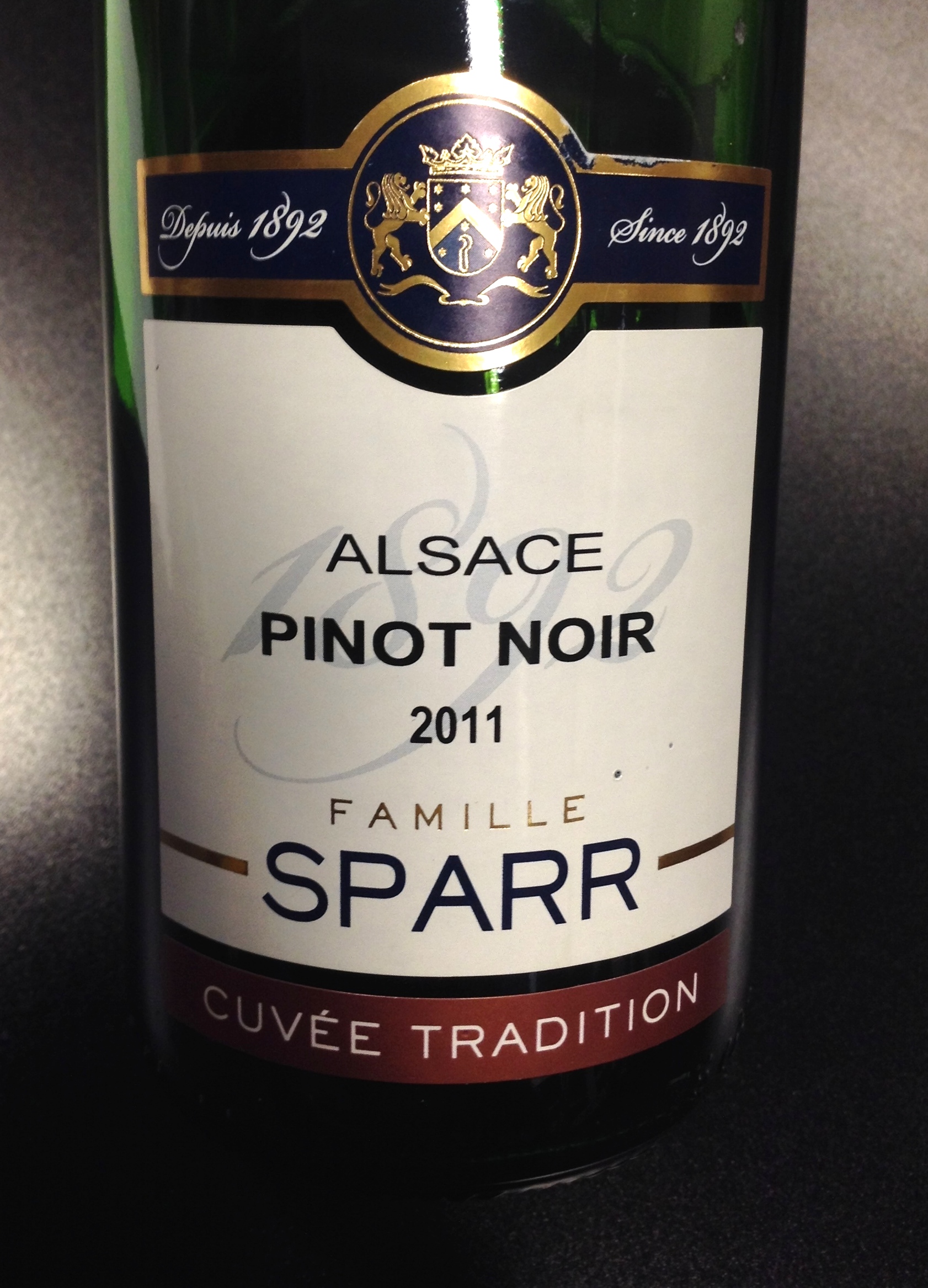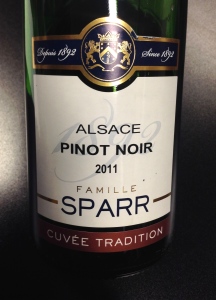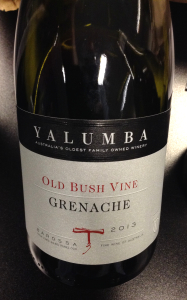 [Tasted during WSET Diploma – Unit 3 – Week 7: Australia]
[Tasted during WSET Diploma – Unit 3 – Week 7: Australia]
Grenache, especially from the new world, is the alcoholic embodiment of lazy summer nights in your underwear at home while your gut hangs out and all you want to do is watch videos of cats and turn on Netflix. (Wow, invite me over already and I’ll bring the pizza.)
The grape is an early budder and late ripener, and therefore needs sunlight and heat. It’s also a plump grape with thin skins, which equates to a fuller body without being too tannically textured, and let’s not forget about how much alcohol the grape can pump out as a result of its own gut. The grape isn’t often impressively intense in flavours, but all these reasons are exactly why Grenache is often blended.… read more
